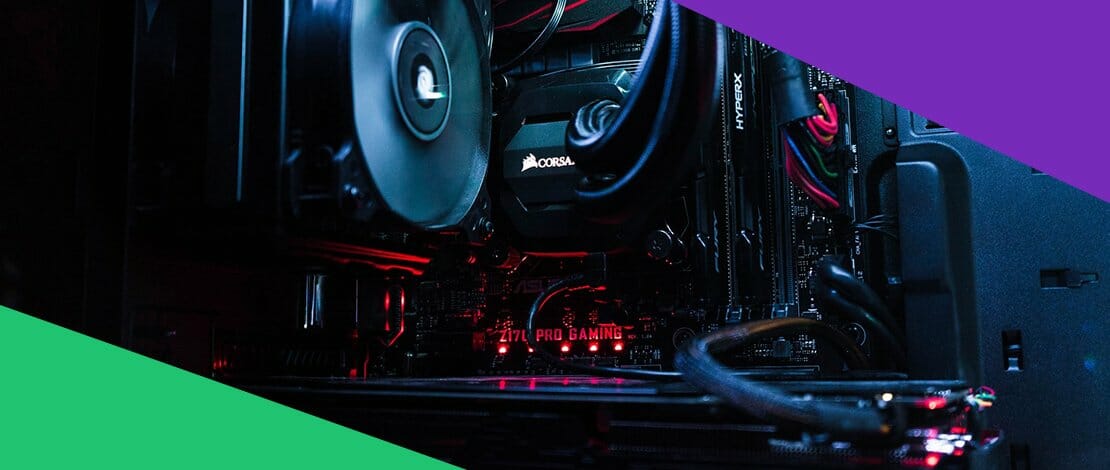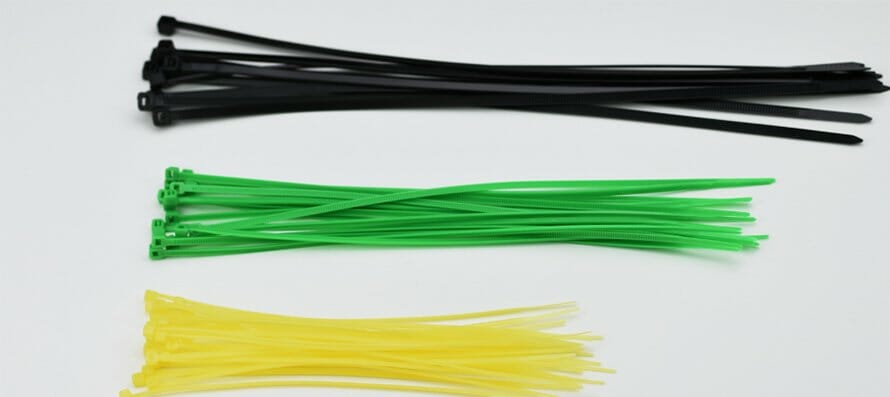PC Cable Management – How to Do It Right

Building a PC properly is a lot more than just simply putting in all of the components in the right places. A lot of work needs to be done to have proper PC cable management which will not only make your PC look better but will help it stay cooler.
Cable management tips for PC vary from build to build since you will use different components and PC cases.
Your work managing your cables will vary wildly depending on if you are using an airflow case with a lot of cutouts, a case with a lot of RGB which will add a lot of cables, or a smaller mini-ITX case that is limiting because of its size.
Nevertheless, there are a couple of gaming PC cable management tips that apply universally, and these we will discuss today!
Deal With the Default Case Cables First
When dealing with PC case cable management, you want to get done with the default case cables first. The reason why this is a good tip is because once you have routed the basic case cables you will only have to worry about cables for your components and fans.
All cases come with the usual power LED, reset button, USB 3.0, audio cable, etc. You will find them bunched up together in the front of the case so you should use the cutouts at the bottom of your case to route them to the bottom of your motherboard where they slot in.
Getting rid of these cables will also make it easier to understand what cables need to go where, when you are routing cables from your PSU unit to the motherboard.
Zip Ties and Velcro Straps Are Your Best Friend

There is no better friend for you when it comes to PC cable management than zip ties and velcro straps that will allow you to clean up the backside of your case nicely.
Most PC cases nowadays come with a couple of straps on the backside of the case to already help you a bit which is nice. These will usually help you in holding down the big cables like the 24-pin motherboard cable.
Unfortunately in most cases, these straps are not enough to bind down all of the fan + RGB cables, all of the other SATA connectors to power your fan hub, etc. The good thing is most cases also come with a small bunch of zip ties which can help you greatly at putting away cables.
Do not be afraid to also use the different panels and crevices at the back of your PC case for cable management since sometimes you do not even have to zip tie certain cables.
Overall we would recommend velcro straps because these could be unbound easily, while zip ties are more of a permanent solution.
Use Your Case Cutouts for Routing
This is a rookie mistake that might sound stupid but that happens quite a bit. You should first inspect all of your case cutouts for routing cables before starting to route the cables themselves.
Usually, there are 2 or 3 main cutouts for the motherboard that will help you route the 24-pin cable, SATA cables, and fan cables.
At the same time do not neglect cutouts on top of the motherboard and the bottom of the case. Always try to hide the cables by routing them from the backside and just plug them into the motherboard through the designated cutout.
Different cases have different routing cutouts as well so before starting your process it is better to inspect the case overall than route some cables and realize you could’ve done a better job.
Modular Power Supplies
A big component of your PC cable management experience will be routing the cables from your power supply to your motherboard. Usually, there is not much thought behind this process, but if you want to properly cable manage your PC make sure to invest in a semi-modular or modular PSU.
While functionally these are no different than a regular PSU, the modularity of these units will allow you to take out the power cables that are not necessary for your build, effectively eliminating clutter.
Moreover, a great tip for when you get a modular power supply is to plug in your cables in the motherboard first, and only plug the cables into the PSU unit itself at the end. This will allow you to manage excess cable length better and will allow you to bundle up some of the longer cables with zip ties effectively.
A modular power supply will make your life a lot easier when managing your cables so always try to get one.
Why Go Through the Hassle?
After reading all of this you might think that maybe just squeezing all of the cables together and sitting down on your back panel to close it sounds better.
There are also functional reasons why PC cable management is so important besides just purely aesthetic purposes.
As mentioned previously, properly managed cables will not interfere with the cooling of your system and will allow your components to breathe easier. Besides better cooling, if you ever have to swap an SSD or an HDD out, doing so while all of your cables are neatly tucked away is a lot easier.
Having to figure out which SATA connector goes where and which SATA power cables you need to use will make your job significantly harder, therefore spending an extra 30 minutes while building the PC to make sure that all your cables are accessible is a wise investment.
Conclusions
PC case cable management might not be the most exciting of experiences but there are many benefits to it.
These simple tips we have talked about might look quite obvious but are quite useful when you start building a PC and realize how many cables you have to deal with.
Good luck gamers!